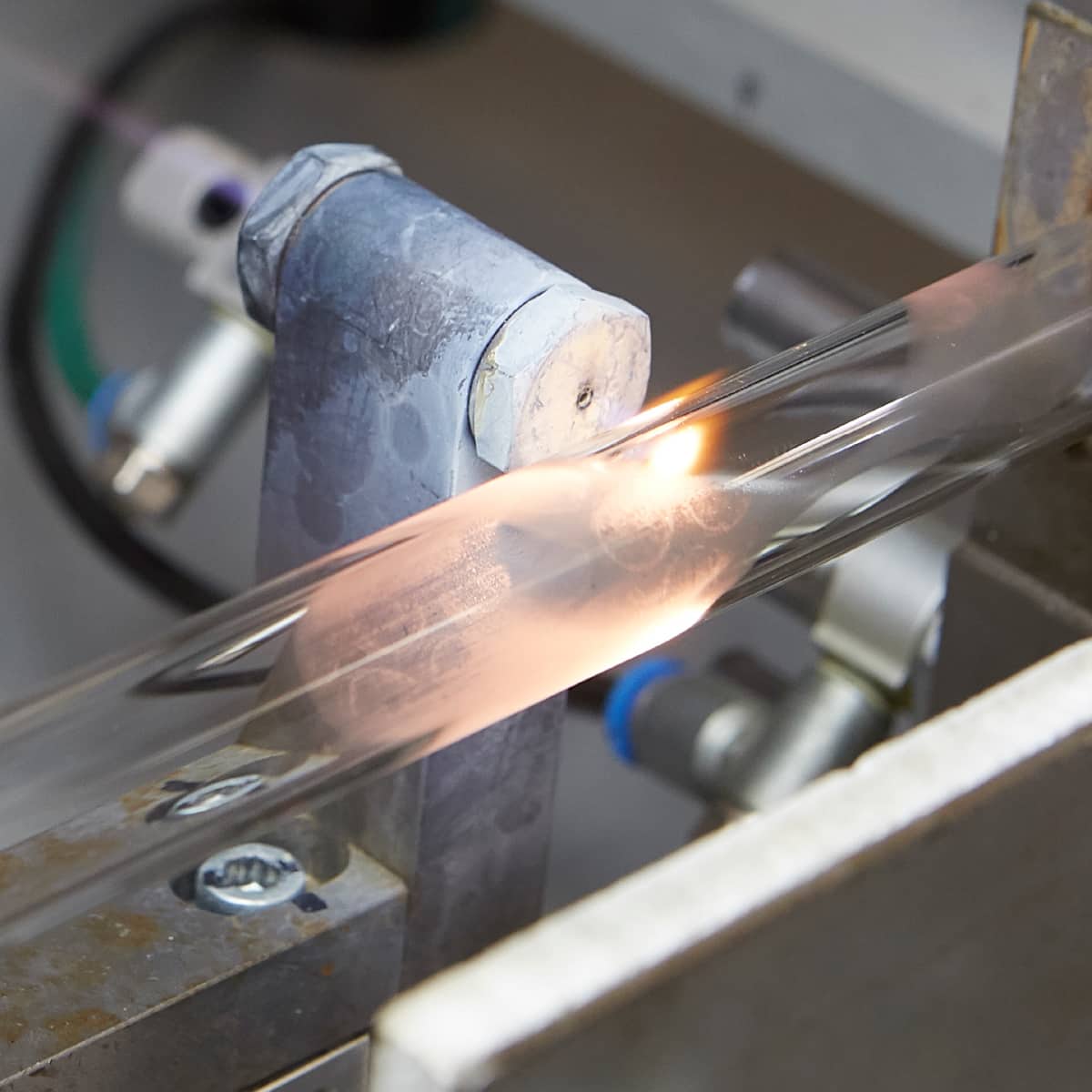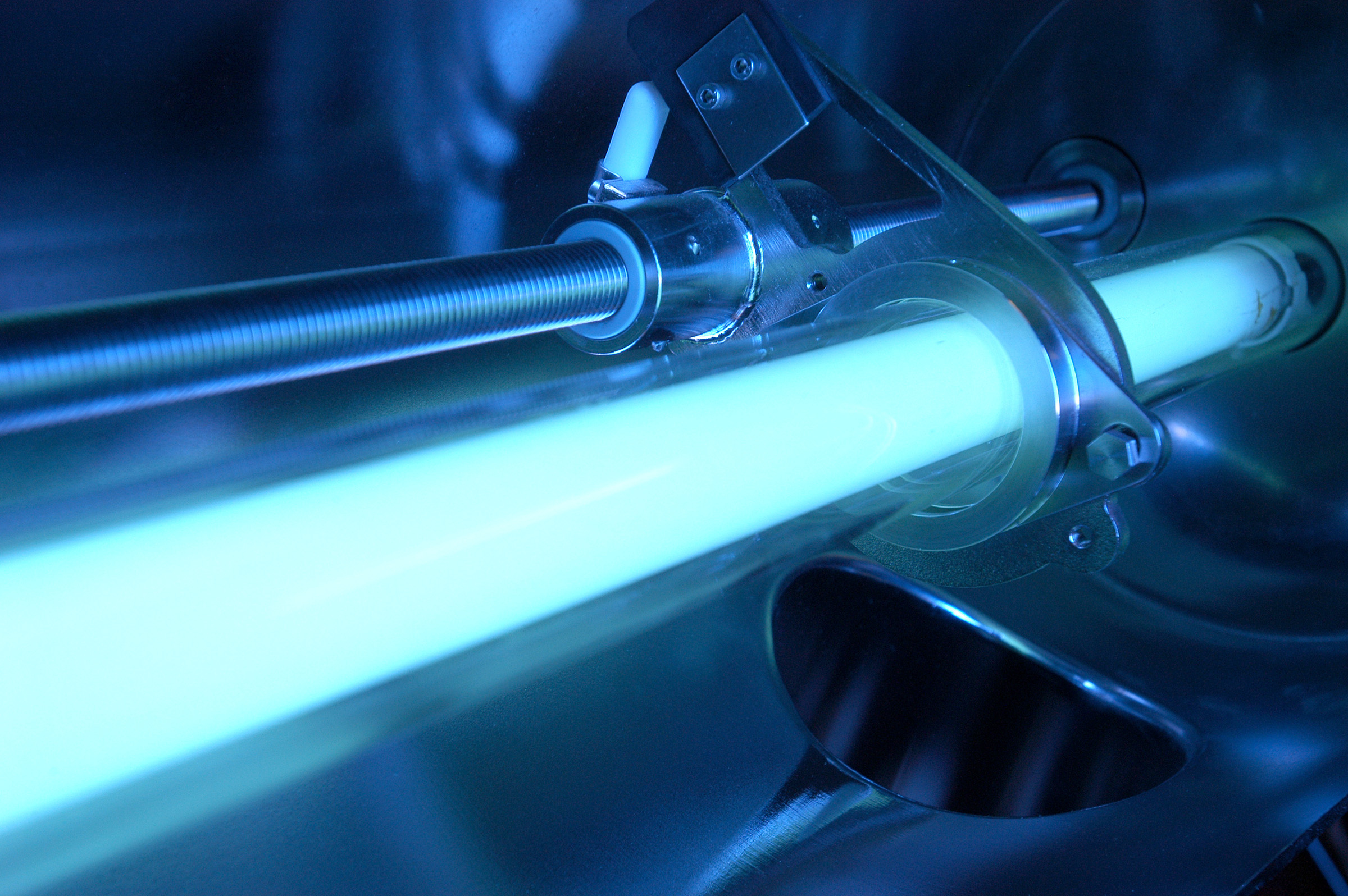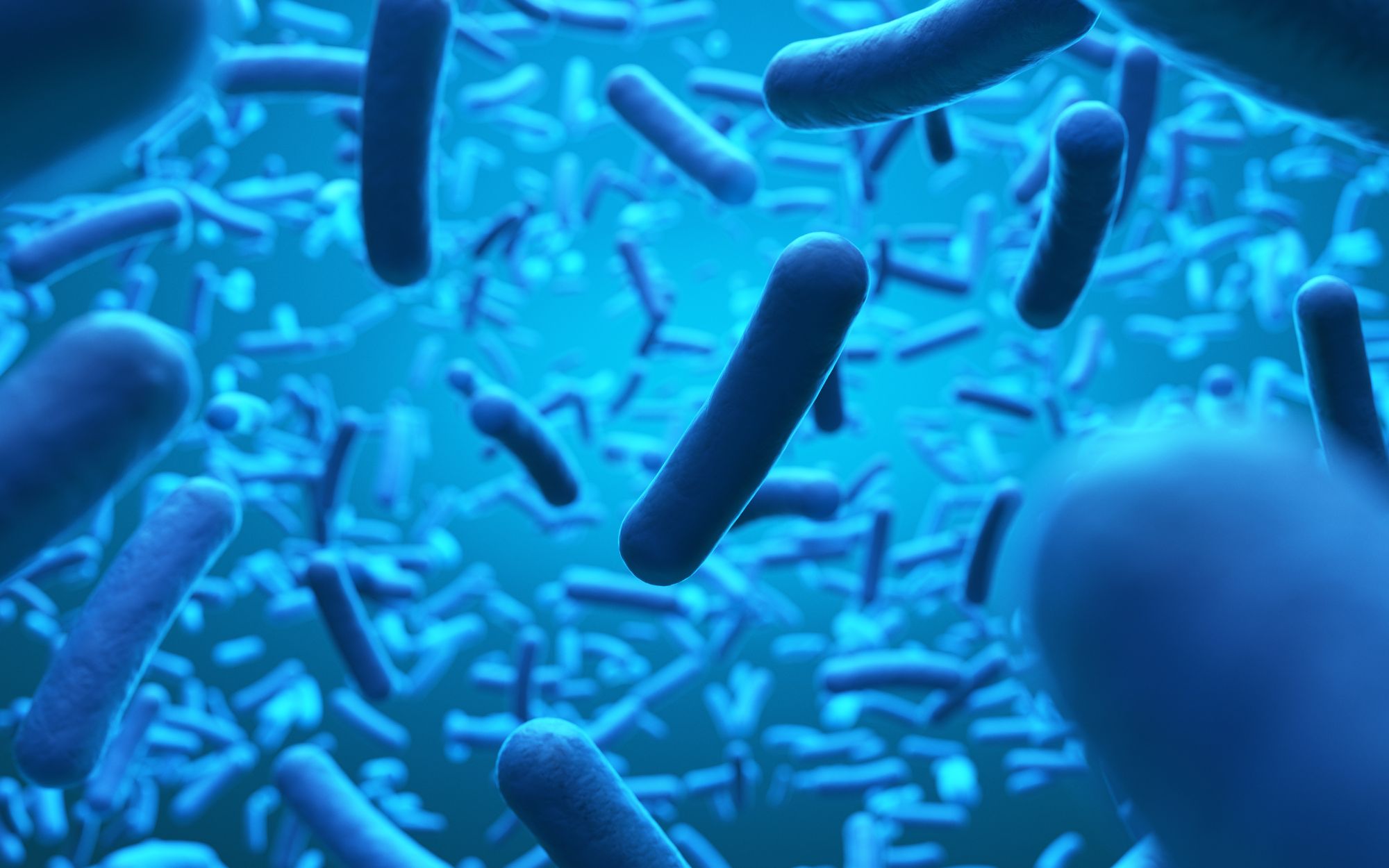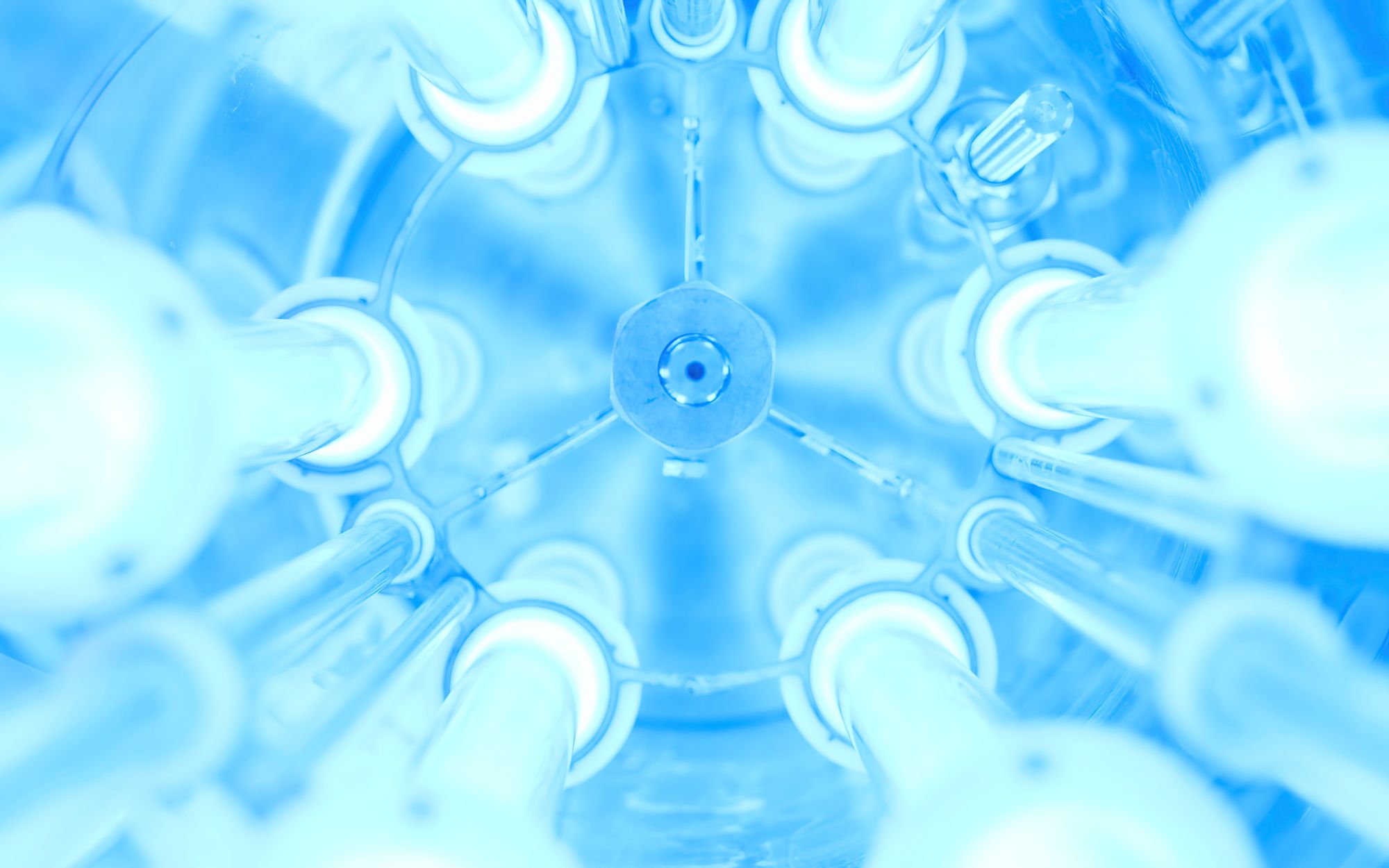Ultraviolet (UV) lamps have gained significant attention in recent years as a powerful tool for disinfection. They are employed in various settings, from healthcare facilities and public transportation to schools and households, to combat the spread of pathogens, including bacteria and viruses. While UV lamps offer an efficient means of disinfection, their use requires careful attention to safety. This article will delve into the world of UV lamp safety for disinfection, exploring the potential risks, protective measures, and regulatory guidelines to ensure their safe and effective operation.
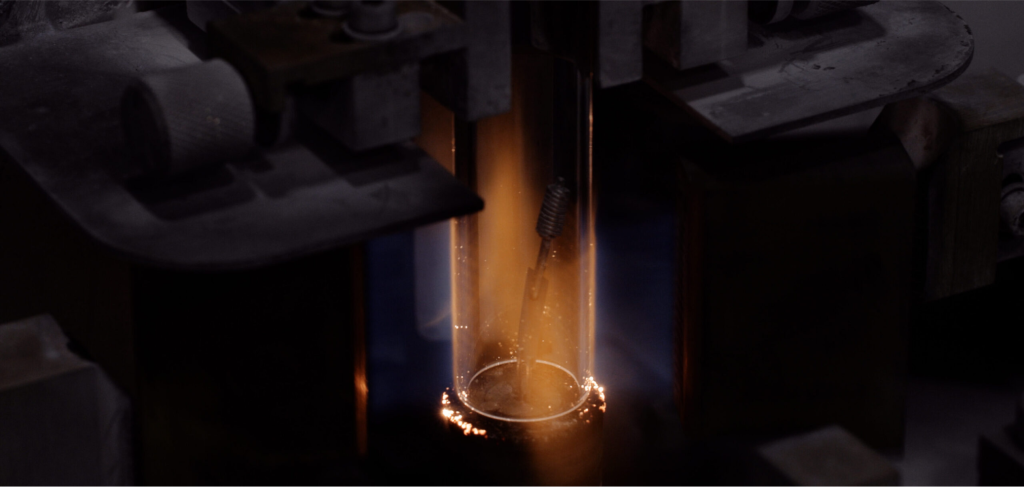
Understanding the Power of UV Disinfection
UV disinfection is based on the principle that certain wavelengths of ultraviolet light, particularly UVC (254 nanometers), can damage the DNA and RNA of microorganisms, rendering them unable to replicate or function. This process effectively deactivates a wide range of pathogens, making UV lamps a valuable tool in infection control.
However, when used improperly, the same property that makes UV lamps effective—their ability to damage genetic material—also poses risks to human health and safety. Therefore, it is crucial to be aware of the potential hazards and follow best practices to ensure safe disinfection.
Potential Hazards and Risks
Skin and Eye Damage: Direct exposure to UVC radiation can cause skin burns and eye damage. It is essential to avoid looking at UV lamps and to shield exposed skin during operation.
Inadequate Disinfection: Insufficient UV exposure or improper lamp placement may result in incomplete disinfection, as not all surfaces or areas receive adequate UV radiation.
Ozone Production: Some UV lamps generate ozone as a byproduct, which can be harmful when inhaled in excessive amounts. The production of ozone should be minimized or controlled.
Chemical Contamination: Improper use of UV lamps can lead to contamination of surfaces or materials with hazardous chemicals, such as mercury, from UV-C lamps.
Safety Measures and Best Practices
To mitigate the potential risks associated with UV lamp disinfection, various safety measures and best practices must be implemented:
Use Protective Gear: When operating UV lamps, use appropriate personal protective equipment (PPE), including UV-blocking eyewear, gloves, and clothing that covers exposed skin.
Occupancy Control: Ensure that no individuals are present in the room or area undergoing disinfection. UV lamps should only be operated in unoccupied spaces.
Proper Lamp Placement: Position UV lamps strategically to cover the area needing disinfection, considering reflective surfaces and shadowed areas.
Manufacturer Guidelines: Follow the manufacturer’s instructions for lamp operation, maintenance, and safety precautions. Each type of UV lamp may have specific recommendations.
Monitoring and Control: Implement monitoring and control systems to ensure that UV lamps operate as intended and that the disinfection process is effective.
Minimize Ozone Production: If UV lamps produce ozone, ensure the concentration remains within safe limits. Adequate ventilation may be required.
Regulatory Compliance: Be aware of and comply with local and national regulations and safety standards for UV disinfection. This includes proper labeling, handling, and disposal of UV lamps.
Training and Education: Provide adequate training to individuals responsible for operating UV lamps to ensure they know the risks and safety measures.
Regulatory Guidelines and Compliance
Many countries and regions have established regulatory guidelines to govern the safe use of UV lamps for disinfection. Compliance with these regulations is essential to protect the operators and those who may encounter the disinfected spaces.
For example, the Occupational Safety and Health Administration (OSHA) in the United States has specific guidelines regarding UV radiation exposure limits and using UV lamps for disinfection. These limits are designed to prevent harm to workers and ensure safe operations.
Organizations like the International Ultraviolet Association (IUVA) also provide resources and best practices to promote safe UV disinfection. IUVA emphasizes the importance of understanding the science behind UV disinfection and adhering to established safety guidelines.
It is imperative for institutions and individuals using UV lamps to familiarize themselves with local and international regulations and standards to ensure safe and effective disinfection practices.
Common Applications of UV Lamp Disinfection
UV lamp disinfection has found applications in a wide range of settings, each requiring specific safety considerations:
Healthcare Facilities: UV lamps disinfect patient rooms, operating theaters, and equipment. Strict safety protocols are followed to protect patients and healthcare workers.
Transportation: Public transportation systems, airports, and commercial vehicles use UV lamps for disinfection, requiring safety measures to prevent passenger exposure.
Schools and Educational Institutions: Disinfecting classrooms and common areas requires careful planning and scheduling to avoid exposure to students and staff.
Food and Beverage Industry: UV lamps are used for water disinfection in food processing, breweries, and wineries, necessitating strict safety and compliance with regulations.
Residential Use: UV lamps are increasingly used in homes to disinfect small spaces, necessitating awareness and adherence to safety guidelines among users.
Laboratories and Research Facilities: UV lamps are used in laboratories for disinfection purposes. Researchers and lab technicians must follow strict safety procedures.
The Role of UV Lamp Safety in the Fight Against Pathogens
UV lamp disinfection has proven to be a valuable tool in combating infectious diseases, especially when traditional cleaning methods are insufficient. However, safety must be a top priority, and operators and users are responsible for ensuring that UV lamp disinfection is conducted safely and effectively.
When employed with due diligence and strict adherence to safety measures and regulations, UV lamp disinfection can contribute significantly to preventing disease transmission and protecting public health. As technology advances and our understanding of UV disinfection deepens, we can harness its power while keeping health and well-being at the forefront of our efforts.

